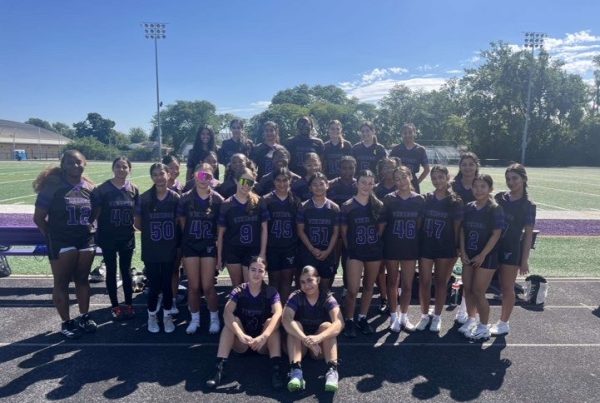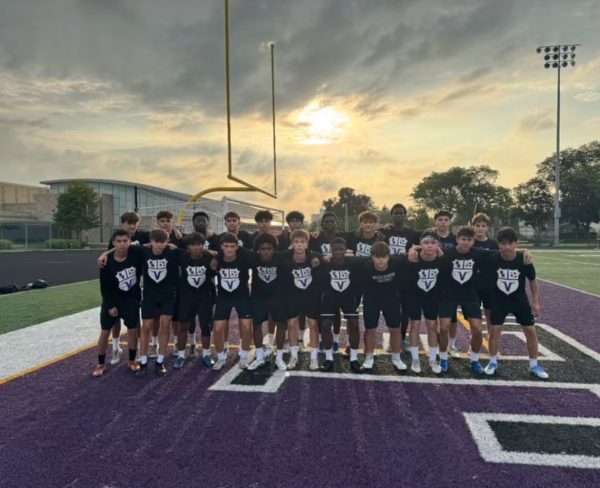Virtually Abysmal Referee? The controversy of VAR
Virtual Assistant Referee (VAR), a controversial video reviewing technology created for soccer, has just announced a new implication that will provide the audience with the referee’s ruling on the call.
The technology, first implicated in-game in July of 2016, has been riddled with controversy throughout its reign as a referee’s first consultation.
The technology works like this: when a controversial call is made, and another referee or a large number of players disagree, the referee turns to his assistants sitting down in a room and watching the replay from all angles. The referees then decide; if the call was correct, nothing happens, and play resumes as it would. But if the referees find that they think it to be a foul, the head referee has to go over to the mini screen on the sideline and determine the call. At this point, the call from the Virtual Assistant Referees is rarely overturned. After a moment of looking over the play, the head referee makes his decision and signals his call.
While this whole process seems simple and justified-the referee looks over the call and correctly identifies the decision-it has been met with large amounts of anger from fans and players alike. Many argue that it’s taking away from the game they fell in love with by stopping the flow of play for two to three minutes at a time.
These opinions were echoed by Andy Robertson in an interview with The Guardian. “A lot of people I have spoken to are not enjoying football as much as they once did because it is constantly in review, constantly on a screen and you are still not getting the consistency we are looking for,” Liverpool defender Andy Robertson said
At first implication, VAR had little to no opposition from fans and players. As time went on, however, the teams that players played for and that fans supported repeatedly felt the blunt end of the implication; getting away with a foul or an offside call and having the referee go back and realize his mistake.
As the technology is fairly new, a majority of soccer’s history was played without its presence. Had it been there for all those years, many iconic goals would have been disallowed; one being the infamous “Hand of God” goal by Diego Maradona.
The goal, scored in the quarter-finals of the 1986 World Cup, was put into the back of the net by means of Maradona’s hand. He had pretended to go for a header but had instead propelled the ball forward with his fisted hand; a motion that the referees had failed to notice. The goal stood, and Argentina would go on to win that game 2-1; and, two games later, they lifted the World Cup trophy. The goal might be the most infamous in all of soccer’s history and is remembered as part of Maradona’s legacy.
The new implication, if it goes through, will require referees to announce their decision to the crowd via a microphone, and provide a short explanation as to the reasoning behind their call. This will help to reduce confusion and anger from fans and team members alike, and hopefully reduce controversy within the system.
While VAR has had its opposition, it will surely continue to be used within Europe and soon within other areas. There are likely to be improvements made to the system, such as the semi-automated offsides system that was trialed during the World Cup in 2022. The soccer world awaits these changes keenly.

Quinn Graham is a senior at Niles North and this is his second year working on the newspaper. He enjoys playing soccer, working, and hanging out with his...







